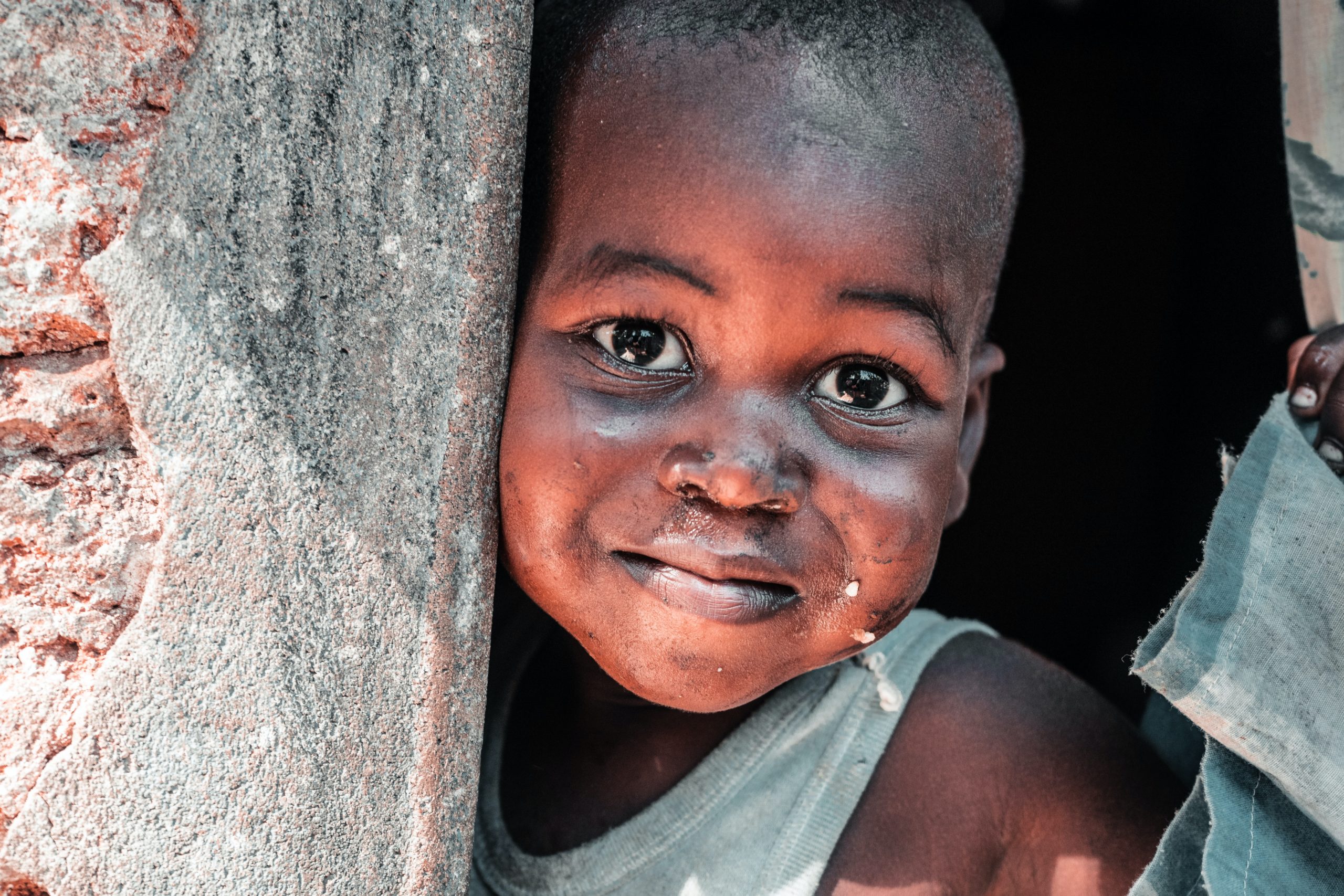“Never has there been a stronger case for immediately easing the debt burden on African nations – a case made in the release of the African Development Bank Economic Outlook for 2021.” – Mohamed M. Malick Fall and Peter Holmes à Court
It is unlikely that in any 12-month period, at any time in human history, the prospects of hundreds of millions of children have taken as dramatic a reversal as has just occurred for sub-Saharan Africa’s next generation.
The response to COVID-19, compounded by the ever-increasing impacts of climate change, renewed and expanded conflict, and the continent’s first simultaneous economic recession, have combined to hit children the hardest.
2020 began with the prospect of modest economic growth across Africa and quiet optimism, a combination of relative stability and a blossoming consensus on the actions needed to address the causes of climate change that are already impacting so much of the continent.
When the African Development Bank (AfDB) released their Economic Outlook for 2020, it predicted growth of more than 3%. What happened next is well known: economies were thrown into a sharp recession, jobs evaporated, climate action stalled, and schools and other social services came to a standstill.
The debate on the efficacy of the pandemic responses will continue for years. Growing children, however, don’t have that luxury: the biology of brain growth and the opportunities for education are all windows that close quickly unless the right support is provided at the right time.
Never has there been a stronger case for immediately easing the debt burden on African nations – a case made in the release of the African Development Bank’s Economic Outlook for 2021.
The message was reinforced by Nobel Laureate Professor Joseph Stiglitz, whose authority on the subject begins with the fact that, with Hamid Rashid, he predicted the unsustainable debt levels across the Continent nearly a decade ago.
The fallout of the COVID-19 induced economic crisis is beyond what individual nations can sustain and requires the concerted action of the international community.
Without rapid debt restructuring and relief, half a billion dollars flows every week from the continent to service lenders, money that is desperately needed by vulnerable households and children.
Through UNICEF’s work across sub-Saharan Africa, we are now getting a better pulse on just how bad the situation is.

An estimated 30 million Africans slipped into extreme poverty in 2020, with another 40 million at risk of the same in 2021 – the great majority of these being under 18 – while over 250 million students received essentially no schooling.
Unlike most of their peers in other regions, remote learning tools remain largely inaccessible. Millions of students are unlikely to ever return to school, forced to become permanent fixtures of the informal labour market or victims of early marriage. Reports of spikes in teen pregnancies are deeply concerning.
Already entrenched climate emergencies, catalyzed by recurrent cycles of extreme weather, are generating new levels of displacement and food insecurity, while increasing stunting and the proliferation of diseases like cholera and malaria.
Again, children bear the brunt: two-thirds of preventable illness and deaths from environmental hazards are experienced by them.
Most sub-Saharan African nations have only nascent social protection systems, small-scale versions of the safety nets that are taken for granted in wealthier countries.
At a time when African families need these programmes to be expanded, shrinking revenues and rising debt repayments jeopardize government budgets to deliver basic social services.
The G20 leaders committed “to do whatever it takes” to minimize the economic and social damage from the pandemic. Stiglitz prodded further: “We have the tools to do it, we only need the political will.”
Rich nations were able to avail massive public investments to ease the impact on families. These assistance packages – a form of cash transfers – are referred to as “relief” and “stimulus”, in recognition that an additional benefit of helping families is that the funds go immediately into restarting the economy.
African families deserve the same, just as their economies need the stimulus. This will only be possible with additional financial support that begins with sensible debt restructuring of the type advocated by the African Development Bank and Professor Stiglitz.
Like anywhere in the world, families here need their children back in school, financial resources to help cover basic daily needs, and a fast and inclusive economic recovery.
Cash transfers have proven time and again to be the best-in-class method to offer both quick relief and build up resilience of individuals, households and national economies.
Cash transfers are an investment in children, human capital and economic growth all at once.
Subjects like debt restructuring, the academic tones of Stiglitz, and comprehensive reports of institutions like the African Development Bank can sound like cold economics and dispassionate numbers.
However, now we have the opportunity to put finance and economics to work for Africa’s children at a time when their needs are greatest.
We have a tried and tested policy tool in cash transfers and the next 12 months to prove that we indeed “will do whatever it takes” to build back the future of Africa’s children.
This article was originally published on World Economic Forum under Creative Commons Licence.
The views and opinions expressed in this article are those of the author and do not necessarily reflect the views of Vision of Humanity.